Notes on a Nervous Planet: Life affirming ideas
In December last year, I read Matt Haig’s ‘The Midnight Library’ and wrote a review calling it the best book I’d read in 2020. I wanted everyone to read it. I’ve been meaning to buy a few copies and gift it to some of my friends and relatives. Thinking about it still makes me warm and giddy.
Since then, I’ve followed Matt Haig on Twitter and searched for his books everywhere I went. He is a writer who creates highly imaginative worlds and I want more. Haig has written a few non-fiction books and lots of children’s stories. Sadly, his books aren’t widely available here in Nepal and I want physical copies rather than digital editions. So, I haven’t been able to read any of his fascinating sounding children’s books, like ‘The Truth Pixie’, ‘To Be a Cat’ and ‘The Girl Who Saved Christmas’.
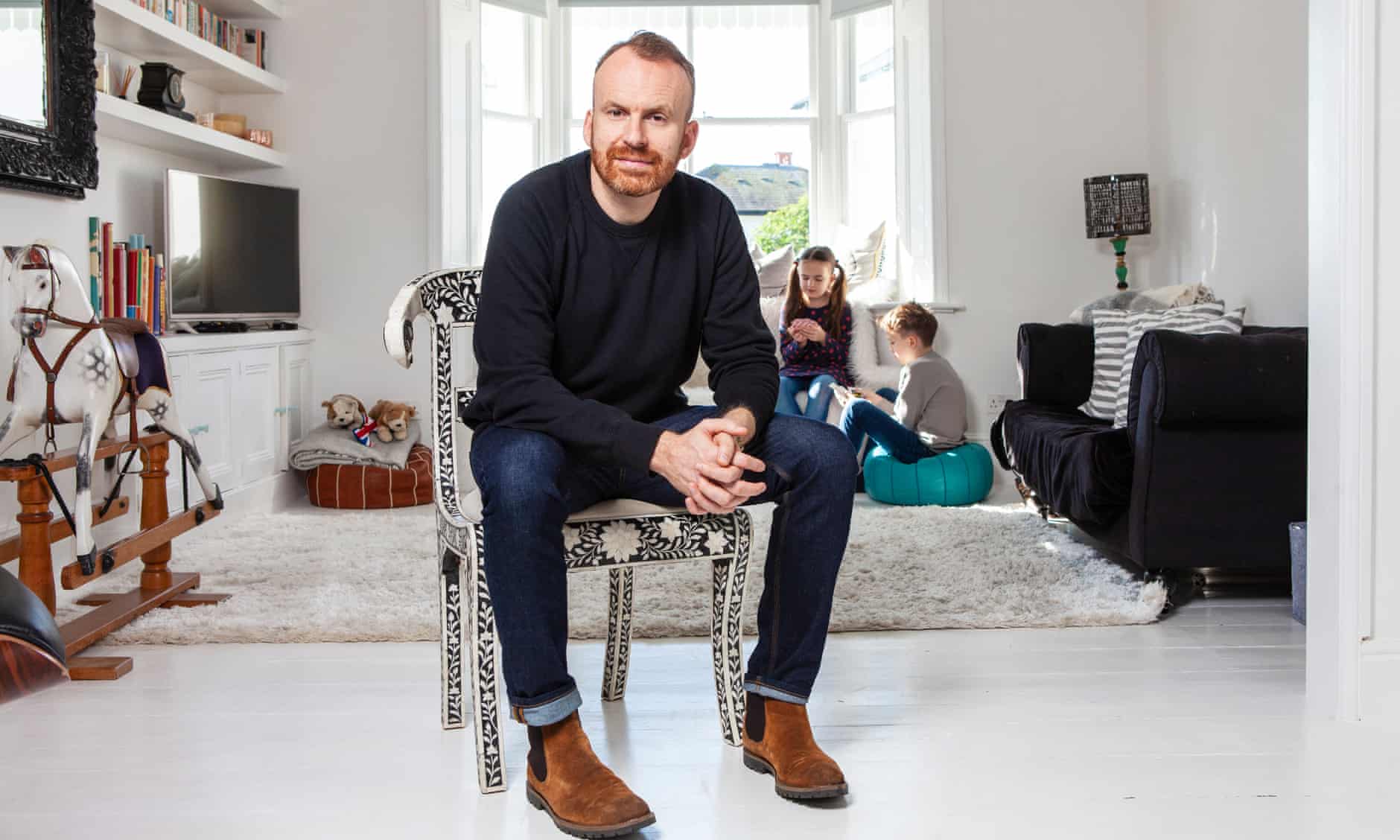
I did, however, find ‘Notes on a Nervous Planet’ and though it’s non-fiction, I bought it straight away because it was Haig. The Midnight Library had me convinced that you couldn’t go wrong with him. I wasn’t disappointed.
His writing style in Notes on a Nervous Planet is very conversational. It’s almost as if a friend is talking to you. Haig doesn’t beat around the bush and puts things quite bluntly. Thus, the chapters are short and you don’t feel like you are hearing/reading the same thing for 500 words when a 100 would have sufficed.
Many of the things he talks about in the book—the role of social media in our lives, how news makes us more anxious, and why humans always want more—are issues we are well aware of. But Haig doesn’t only talk about the problems. He offers solutions to those problems as well. It gets you thinking. There are also lists of things you’d do well to remember. These are the bits that have had me dipping in and out of the book time and again.
I know there are many self-help books out there that offer similar advice and that Haig’s book isn’t unique or important. But the fact that Haig has been through many of the problems himself makes his advice meaningful. You want to take Haig’s advice because you know they are tried and tested. His words feel honest and he is really witty too. In a way, reading Notes on a Nervous Planet makes you feel a little less lonely.
On Twitter, Haig is vocal about mental health issues, mainly anxiety and depression. When he was 24, Haig wanted to kill himself and he stopped just a step away from jumping off a cliff. How he got from there to where he is today is a lesson in itself and we can learn a lot of that from Notes on a Nervous Planet.
Non-fiction
Notes on a Nervous Planet
Matt Haig
Published: 2018
Publisher: Canongate Books Ltd
Language: English
Pages: 310, Paperback
Making sense of the world: A book review
Most of us read a lot more during the Covid-19 lockdowns than we did before. Had it not been for the pile of books I had bought but hadn’t got around to reading before the pandemic, I would have probably gone bat-shit crazy within a week of staying at home all day long. Getting lost in fictitious worlds was what kept many of us sane during such maddening times.
Though I read many good books during the lockdown, even tackling some that had been on my to-be-read list for years, there’s one I recently read that I wish I had gotten around to sooner: Emma Donoghue’s ‘The Pull of the Stars’.
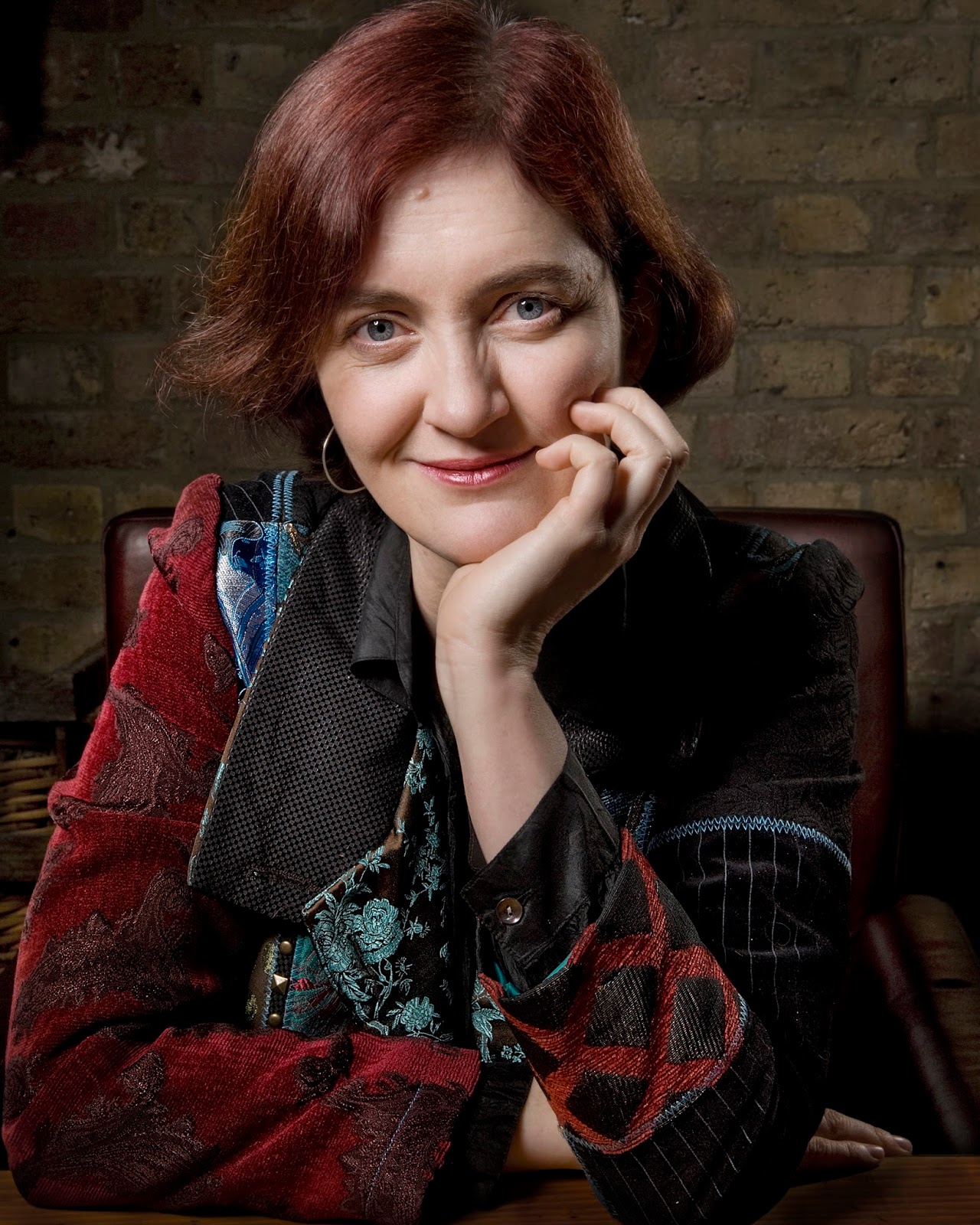
This book, I believe, would have helped me make sense of the world I was suddenly thrust into and also given me some much-needed comfort. Although grim and heartbreaking, Donoghue’s 11th novel mimics present-day Covid crisis and makes you feel a little less alone and doomed.
The Pull of the Stars is a historical fiction based on the 1918 influenza-pandemic. Set in Dublin, at the beginning of the contagion, the story unfolds over three days in a Dublin hospital. It’s narrated by a nurse, Julia Powers, who is in charge of a maternity fever ward where expectant mothers who seem to have come down with an unfamiliar flu are quarantined together. Though the ward doesn’t get many patients, the women who do end up there are in the latter stages of their pregnancies. With hospital resources stretched thin and a deadly flu doing the rounds, Julia has to constantly deal with life-and-death situations.
There’s also Dr Kathleen Lynn and a young volunteer, Bridie Sweeney, who are fighting to save lives alongside Julia. The friendship that develops between these three women is also something Donoghue has chosen to focus on besides just how the world dealt with a crisis in those times. I especially loved that side of the story as it was a reminder of the fact that love blooms in the unlikeliest of places and that we are all trying to do the best we can.
I have read Donoghue’s internationally bestselling novel ‘Room’, inspired by the Josef Fritzl case where a girl was held captive and raped by her father for 24 years. It would be wrong to say I enjoyed it because the subject matter was so grotesque but Donoghue’s writing style is crisp and you completely fall for the story, hook, line, and sinker. In The Pull of the Stars too, Donoghue’s prose is visceral and you get the sense of urgency in the cramped, tiny ward where healthcare workers are fighting against all odds.
The story also shines light on how those who have been neglected by the society are often the ones who suffer the most, and that things are no different when there’s a health crisis.
There’s a section in the book where Dr Lynn criticizes the government for Dublin’s poverty and high infant mortality. Julia, however, says she doesn’t have time for politics to which Dr Lynn replies, “Oh, but everything’s politics, don’t you know?”
It is moments like these, and there are plenty of them, that make the book so relevant in today’s times.
I have recommended this book to friends only to be told they don’t want to read something that reminds them of a situation they are yet to get over. But The Pull of the Stars makes you realize what we are going through isn’t unique and thus makes it a little easier, in your head, to endure the rough times we are living through.
Fiction
The Pull of the Stars
Emma Donoghue
Published: 2020
Publisher: Picador
Language: English
Pages: 294, Paperback
The Giver of Stars: Warm and fuzzy
Historical fiction transports you to another time and place. But only a good writer will be able to evoke the senses so well that you feel like you are living in a different world. Jojo Moyes manages that with ‘The Giver of Stars’.
In the book’s acknowledgments section, Moyes says The Giver of Stars is a labor of love, and that writing it was an unusual joy. Reading it brought a kind of pure joy that I hadn’t felt since the first time I read ‘The Good Earth’ by Pearl S Buck.
Set in small-town 1930’s Kentucky, the book is based on the real-life Pack Horse Librarians of Kentucky, or the Horseback Librarian program as it was called then. The program delivered books as part of Eleanor Roosevelt’s traveling library and ran from 1935 to 1943, making books accessible to over 100,000 rural inhabitants.
Alice Wright, an Englishwoman, thinks marrying the handsome American Bennett Van Cleave will help her escape her suffocating life in England. She soon realizes that married life is not what she expected it to be. To make matters worse, there is her overpowering father-in-law interfering in everything. That’s when she comes across Roosevelt’s program to establish traveling libraries and volunteers for it.
Here, she meets the brave and independent Margery, who heads the initiative, and Beth, Izzy, Sophie and Kathleen, all headstrong women in their own rights. They each show Alice a side of life she has never seen. The women are all battling with their own issues and the program gives them a sense of purpose. It also helps them build better relationships with the townspeople as well as with each other, and to find some much-needed solace that way. Managing a library is also how they refuse to be brought down by men and how they think women need to be.
Despite the dangers of a challenging landscape and constant threats by men to stop prancing around in horses, the women are committed to delivering books to those who have never had books to read. By doing so, they manage to arm people with information they have never had. And that sometimes creates a lot of rift and tension that endangers the women’s lives as well.
I give this book five out of five stars. If I could, I would give it more. It has conflict, drama, purpose, friendship, and love; the story is tender, heartbreaking, funny, and reads like a thriller. Although a thick book, it will suck you right in and you will want to get to the end as quickly as possible.
Fiction
The Giver of Stars
Jojo Moyes
Published: 2019
Publisher: Penguin Random House
Language: English
Pages: 437, Paperback
Saving Missy: Tender and thought-provoking
Most of our lives, we are defined by our relationship with others. We are children, lovers, spouse, parents, friends, etc. But what is left of us when those connections are lost? And do we value and nurture our relationships enough to ensure they withstand the test of time?
This is largely what Beth Morrey’s debut novel ‘Saving Missy’ forces us to confront. But it’s not a bleak book that is heavy on the heart. Saving Missy is actually a beautiful story about love, loss and how friendship can keep you afloat in the worst of times.
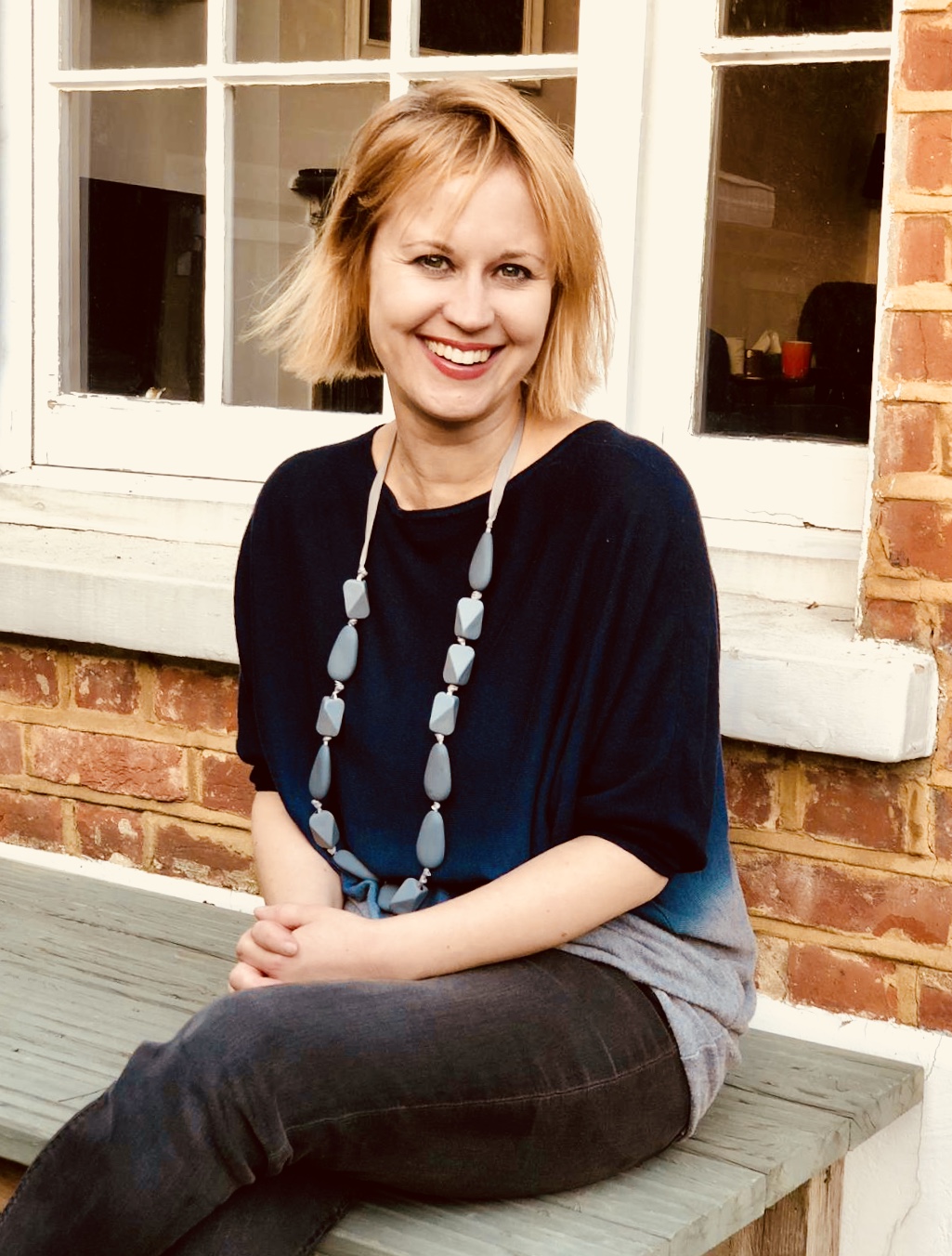
Missy Carmichael is 79, and life isn’t how she envisioned it would be at that age. She has no one to talk to in her large home and her footsteps echo and haunt her. The narrative jumps back and forth to when Missy was young. You read about her life with her husband, Leo, at different stages of their relationship. You also get to see the complicated relationship she shares with her son and daughter and how it got to that point.
The book starts off slow and it takes a while for you to warm up to Missy and her new friends, Sylvie and Angela, and it all seems a little shallow initially. You can’t put a finger on what feels amiss but something does. Then it all clicks and picks up. You realize you have started caring for Missy and want Sylvie and Angela in your life too. Or, if you are lucky, you realize you already have a Sylvie or an Angela in your life.
Through Missy, you also get an insight into the lives of the elderly and how isolated and lonely they can get. It makes you want to spend a little more time with the elders in your family and not be in a rush to have a quick chat and leave.
One of my absolute favorite books is ‘A Man Called Ove’ by Swedish columnist, blogger, and writer Fredrik Backman. A story about a grumpy old man with uncompromising routines and rules, the book makes you laugh, makes you think, and, above all, makes you try and be a little more accepting of people and all their quirks. It is, for me, everything a good book should be and does everything fiction is supposed to. I feel it’s the most perfect book ever.
I was reminded of A Man Called Ove while reading Saving Missy. It might be unfair to compare the two because Backman and Morrey have completely different writing styles. But Missy feels like the female version of Ove. There are just so many similarities. They are both stubborn, lonely, and in denial about wanting love and affection. Both Ove and Missy are aging and feel like they are just meaninglessly passing time to get to life’s inevitable end someday.
I thought I fell in love Missy because I’ve always been in love with Ove. But when I finished and put the book down, I realized Missy took up considerable space of her own in my heart, for the person she is and the person she is willing to become for those she loves.
Fiction
Saving Missy
Beth Morrey
Published: 2020
Publisher: Harper Collins
Language: English
Pages: 372, Paperback
The Rosie Project: Hilarious and heartwarming
Some books make me want to grab every person I meet and say, “Read this.” Books that have me wishing I could do a mental rewind just to be able to read them again for the first time. “The Rosie Project” by Australian novelist Graeme Simsion is one I want to hold, stroke, and hug. The main character has a piece of my heart.

The Rosie Project is narrated by a 39-year-old genetics professor, Don Tillman, who doesn’t quite get social norms and has his own unique understanding of the world and how it works. He reminded me of Adrian Monk, the chief protagonist of the American comedy-drama detective series ‘Monk’, whom I was absolutely smitten by during my college years.
In Monk, Tony Shalhoub plays the role of a former cop who has obsessive compulsive disorder and struggles with day-to-day activities. But he’s a genius when it comes to solving crimes. I had the hugest crush on him for years. I watched all eight seasons on television and then watched it all again on DVD after the show ended in 2009. Tillman reminds me of Monk and I have, in my mid-30s, a newfound crush.
Tillman may or may not have Asperger’s Syndrome. It’s never explicitly stated but there are many, many hints that he might suffer from autism. He abhors physical contact, has a detailed meal plan that he sticks to week in, week out, and doesn’t seem to react to emotions in the conventional way. After several failed attempts at finding a ‘compatible’ woman, he decides to turn to science for a solution. He devises a questionnaire (which is 16 double-sided pages) to hand out to women to test their suitability. This is what he calls the Wife Project.
But along comes Rosie Jarman, who is evidently the world’s most incompatible woman for Tillman. She’s disorganized, irrational, and tends to do things spontaneously. And she’s often late and a vegetarian. It’s all really blasphemous in Tillman’s world. But then as he embarks on the Father Project, helping Rosie track down her real father, he finds himself feeling differently about the one woman he should logically be staying away from.
Simsion, in his debut novel published in 2013, has created a charming, lovable character whose quirky ways make you both smile and shake your head in frustration. As you get inside the heart and mind of an odd character, you realize that people, however they appear to be, aren’t fundamentally all that different.
The novel apparently did get some serious flak for not being well researched with some representation aspects even being problematic. But there’s no denying that The Rosie Project is a laugh riot of a novel that sheds light on an important issue: autism. It deserves credit for managing such tricky feats together and not letting one diminish the power of the other.
Fiction
The Rosie Project
Graeme Simsion
Published: 2013
Publisher: Penguin Books
Language: English
Pages: 330, Paperback
The Poet X: Charming coming of age novel
I love children’s or young adult (YA) books for how they make you feel. They are hopeful. They are inspiring. They make you feel heard. They help you calm your chaotic mind by making you focus on a story. And, best of all, you can finish it in a day or less and feel really, really accomplished.
So, often, I browse through the children’s section at bookstores to discover new books and authors. I also stalk friends and relatives who have children, on Instagram and Facebook, to find out what books their little ones are reading. ‘Gangsta Granny’ by David Walliams, ‘A Wrinkle in Time’ by Madeleine L’Engle and ‘The Poet X’ by Elizabeth Acevedo are some children/YA books I read recently. I loved all three. But the one I want to reread and recommend is The Poet X.
The book is about a 15-year-old girl named Xiomara and how disconnected she feels from her family. Her mother is a devout Catholic and wants Xiomara to follow suit. But Xiomara is a tough young girl with a mind of her own. She isn’t going to do anything unless she wants to. She also has a tendency to get into fights. With a lot of emotions bottled up, she tries to work her way through her issues by writing poems—that she keeps hidden in a notebook under her bed. Ultimately, a slam poetry club forces her into sharing her poems and thus revealing her secrets.
Acevedo has written The Poet X in the form of a collection of poems and each poem is a little self-contained story in itself. I’ve marked the bits I’ve loved and rereading them has been a joy. The poems, in their entirety, give you an insight into the mind of a young girl who is trying to find her voice and is unable to conform, even when the stakes are high.
Xiomara is a fascinating character and it often feels like she has somehow managed to get inside your head and is saying the things you have always wanted to say. The other characters—her twin brother who Xiomara refers to as ‘Twin’, her best friend, Caridad, and her English teacher, Ms Galiono—are also fun people to get to know. These characters show you a different side of life, a different way of being. You wish you had someone like them in your life too, to balance out your quirks a bit.
Overall, The Poet X has a lovely message to convey about the importance of staying true to yourself and pursuing your passion against all odds. It’s also about love, change and adapting to that change. Acevedo, through Xiomara, shows you there’s beauty in holding on to your dreams even when there are hundreds of things pulling you in different directions.
Fiction
Published: 2018
Publisher: Electric Monkey
Language: English
Pages: 361, Paperback
Amnesty: Morality debate: A book review
I read Aravind Adiga’s Man Booker Prize-winner “The White Tiger” almost a decade ago. Though I don’t much recollect exactly what happens in the story, I remember the feeling it left me with: I was enchanted. Balaram Halwai, the narrator of Adiga’s debut novel, was the kind of anti-hero I always fell for.
I recently watched the film adaptation on Netflix and was reminded of what a wonderful storyteller Adiga is. I hadn’t read any of his other works like “Last Man in Tower” and “Between the Assassinations” which is why I decided to read his most recent book, “Amnesty”. Priyanka Chopra, actor and producer of the movie, The White Tiger, recommended it during Marie Claire’s Shelf Portrait where celebrities talk about books they love.
This much I will say: Adiga is a fine writer. He knows his craft and his stories, I feel, will always incite interesting conversations. Amnesty made me think about my immigrant friends and relatives and how tough things must have been for them when they first moved to various cities abroad. You have to give credit to Adiga for making you reflect on things that you necessarily wouldn’t think about and label other peoples’ problems.
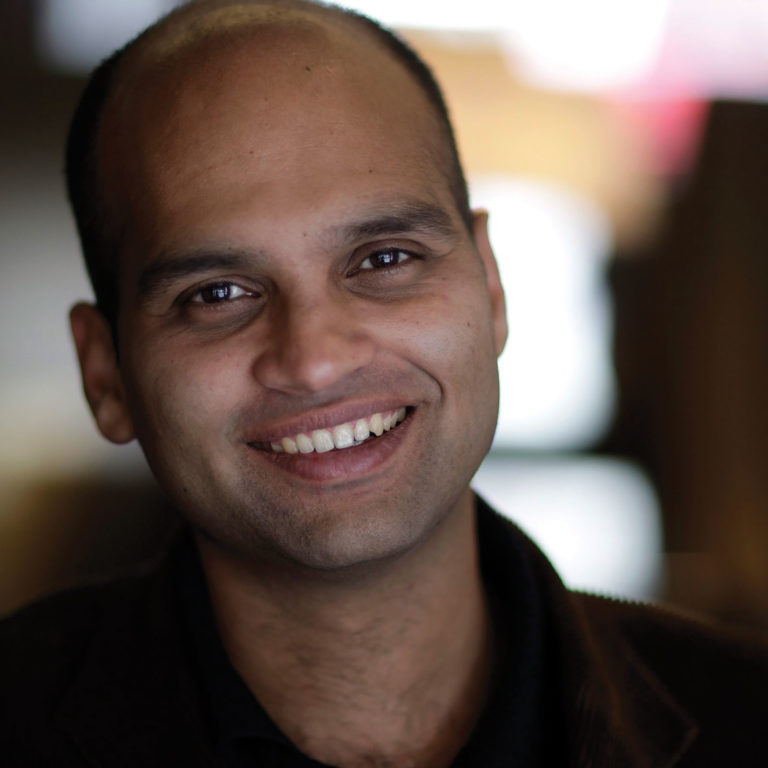
Amnesty is the story of a Sri Lanka immigrant Dhananjaya Rajaratnam, known as Danny, who has overstayed his student visa in Sydney, Australia. As an illegal, he works as a cleaner at rich people’s homes and lives in a grocery storeroom. In four years, he has learnt to hide, to blend in when necessary, and tried to live a ‘normal’ life. Then, Danny finds out that one of his clients, Radha Thomas, has been killed. He is sure the murderer is another client of his who was having an affair with the victim. And thus begins Danny’s moral dilemma: Should he go to the police with the evidence he has and risk being deported? Or should he let it go and carry on with his life?
Amnesty is a story of how cultures and societies, across the world, make immigrants feel like they don’t belong and seeking validation thus becomes a large part of their lives. That ‘important message’ aspect of Amnesty is quite commendable. Adiga manages to convey immigrants’ pain, worries, and issues with crystal clarity. But that’s one part of fiction writing. It’s how well you manage the other feat—narrating the story in a way that reconfigures a reader’s brain wirings—that determines whether a book is good.
The problem with Amnesty isn’t the lack of a plot but that much of it happens inside the protagonist’s head. It’s his thoughts and feelings. It’s his side of the story. It’s only how he interprets the world around him and what’s happening that we get to see. Though the story takes place in the span of a day, you feel like you have been with Danny for years, which, in this case, isn’t really a good thing because Danny is a mundane character.
You are always confused and your thought processes are severely restricted because someone else’s thoughts are being fed to you. You feel like you are being spun around in circles and the effect really is dizzying.
I still wouldn’t say Amnesty is a bad book. I can see why it could appeal to some people, especially to those who have experienced life as an immigrant. But it wasn’t for me and neither is it for those for whom a good narrative structure is as important as the story.
Fiction
Amnesty
Aravind Adiga
Published: 2020
Publisher: Picador India
Language: English
Pages: 256, Hardcover
Fine storytelling: A book review
Celeste Ng’s debut novel ‘Everything I Never Told You’ took her six years to write. She worked on four complete drafts. No wonder it’s as good as it is. Every sentence feels deliberate—conveying so much while saying so little, and the writing is gorgeous. It’s a book you will talk and be nostalgic about long after you have read it. It’s that book you will be shoving under people’s noses saying, “You’re missing out.”
Amazon’s #1 Best Book of 2014, Everything I Never Told You is a story about a Chinese American family living in Ohio in the 1970s, a time when being an immigrant in America came with a whole lot more issues than it does today.
Lydia Lee, a model daughter and ace student, goes missing. Her body is found at the bottom of a lake. The last person to have seen her alive is the local ‘bad boy’, Jack Wolff. Lydia’s elder brother, Nathan, is convinced Jack had something to do with her death. The rest of the family struggles to understand how this could have happened to their sweet and responsible Lydia—the last person you’d expect to get into trouble.
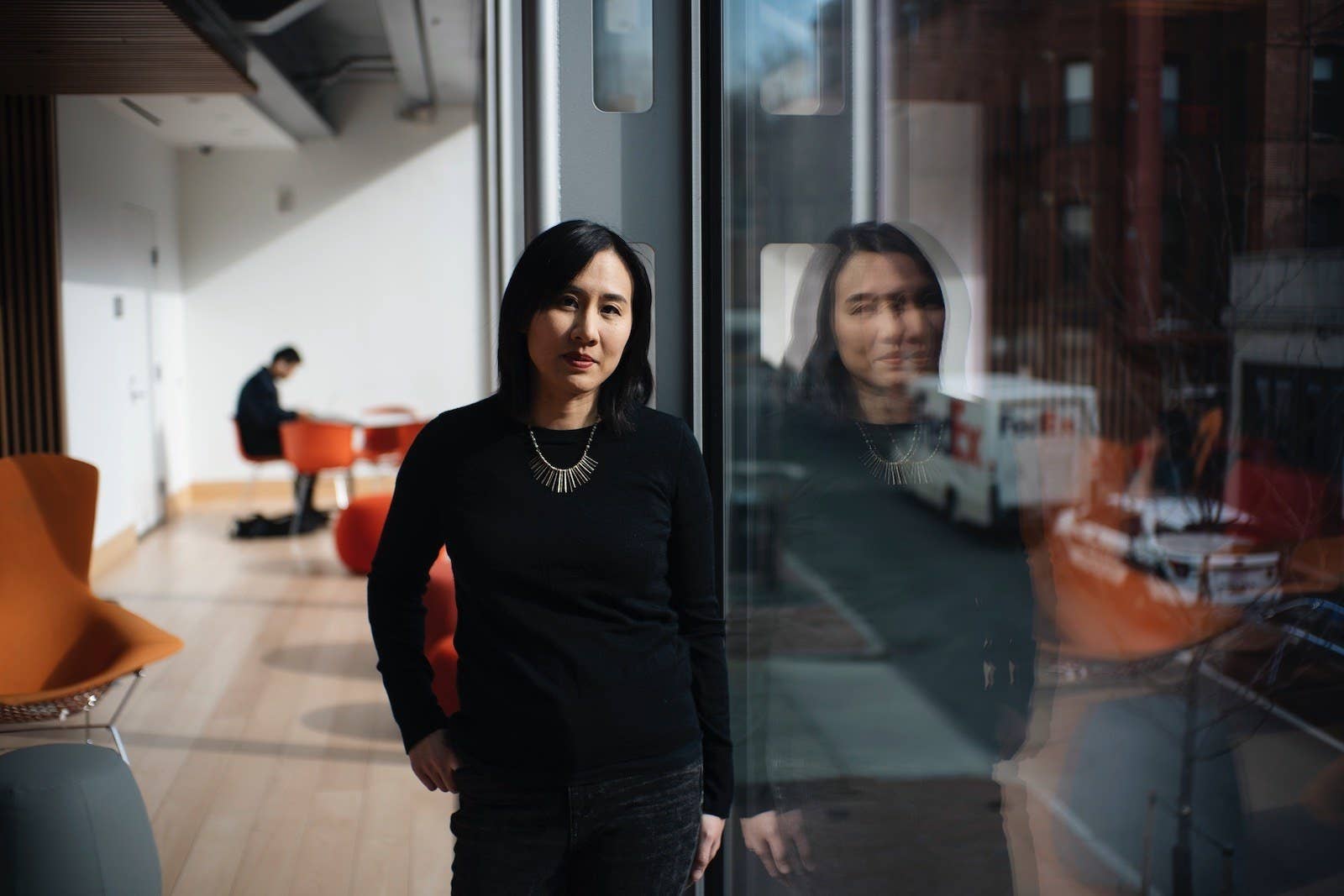
During the police investigation, the family is shocked to find that Lydia wasn’t who she appeared to be. Questions like ‘How was she doing at school?’, ‘Who were her friends?’, ‘Was she depressed?’, ‘Did she ever talk about wanting to hurt herself?’ lead to revelations that complicate the case. The people Lydia claimed to be friends with, she actually hadn’t spoken to for months. She never talked about troubles in school but, in fact, she was almost failing some courses. The family thought she kept journals. Her mother, Marilyn, gave her a new one every year. But she never wrote in any of them.
It all begs the questions, ‘Who was Lydia?’ and ‘What was she hiding?’. Clearly, the girl her family knew never existed. So, what does that have to do with what happened to her?
As the family grapples with each shocking find, you see how death affects different people, how each person’s way of handling it is unique, and how it tears a family apart and then brings it together. It’s a crime drama where the drama isn’t related to the actual crime but its repercussions on the victim’s family. The book, I feel, brings together the best parts of a thriller and a family drama. These two elements together work brilliantly to keep the story taut and believable at the same time.
Everything I Never Told You feels like a labor of love. Reading it leads to a lot of introspection and a renewed sense of how we must value our loved ones for who they are and not who we want them to be. Ng (pronounced ‘-ing’) has given us a beautiful story of love, loss, and a sense of belonging that will resonate across generations.
Fiction
Everything I Never Told You
Celeste Ng
Published: 2014
Publisher: Abacus
Language: English
Pages: 297, Paperback





_20210316201846.jpeg)








